Test Bank For Abnormal Child and Adolescent Psychology 8th Edition by Wicks-Nelson
CHAPTER 4
RESEARCH: ITS ROLE AND METHODS
TRUE OR FALSE
- Science comes from the Latin word for “seeker”.
- Random selection enhances the representativeness of a sample.
- An operational definition of a behavior refers to the procedures or operations employed to define the behavior.
- Interobserver reliability of a measured behavior refers to the degree to which observers believe that the measure is a true and accurate indicator of the behavior.
- The term external validity refers to the degree to which a research result can be generalized to populations and situations different from those with which the research was conducted.
- The general purpose of a descriptive study is to portray a phenomenon of interest.
- Randomized experiments come the closest to establishing cause and effect relationships.
- If a researcher obtained a Pearson r value of –.02, it is evident that some error has been made in measurement or calculation.
- A Pearson r correlation coefficient of +.44 is stronger than a coefficient of –.86.
- In the experiment, the purpose of random assignment of participants into groups is to ensure that the characteristics of the participants in one group are about the same as the characteristics of the participants in other groups.
- Efforts to increase internal validity may decrease external validity because more stringent control may result in research settings that are dissimilar to the “real world.”
- A weakness of single-subject reversal designs is that ethical considerations may preclude the reversal phase in intervention studies in which the treatment was effective.
- In retrospective research designs, data are collected about past attributes or experiences of participants.
- The prevalence of a disorder in a population concerns the number of new cases diagnosed in a specific time period.
- An advantage of non-accelerated longitudinal research is that investigators do not need to be concerned about possible cohort effects in interpreting findings.

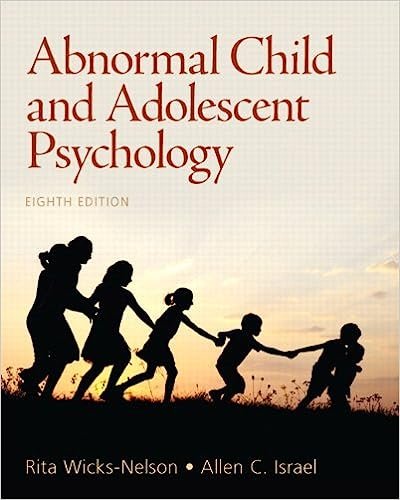

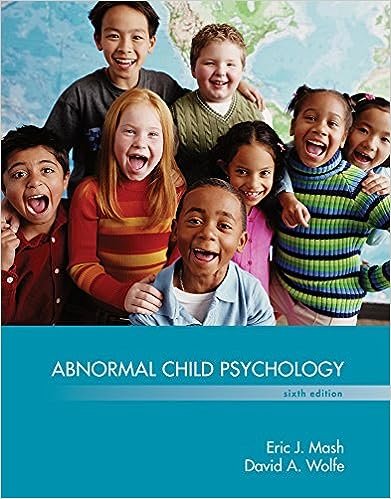
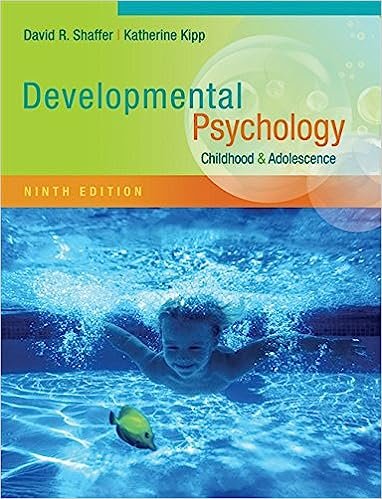
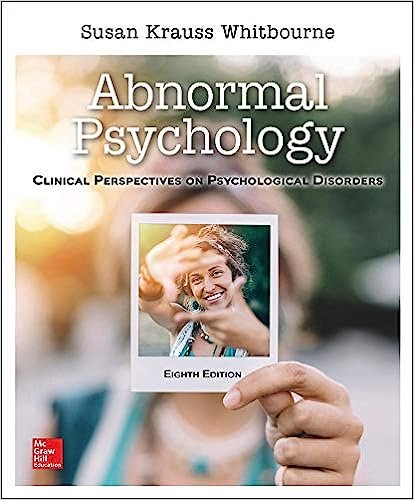



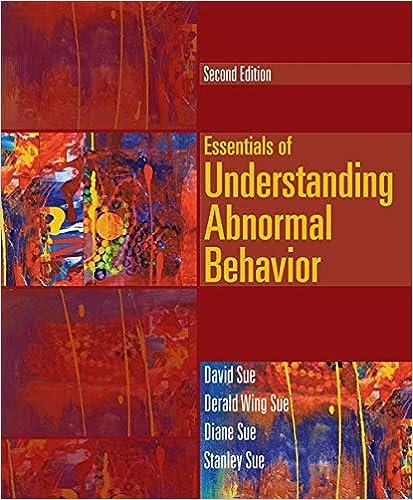
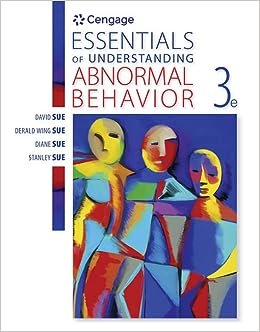
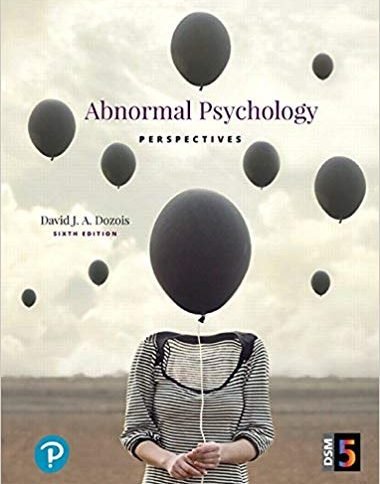
Reviews
There are no reviews yet.